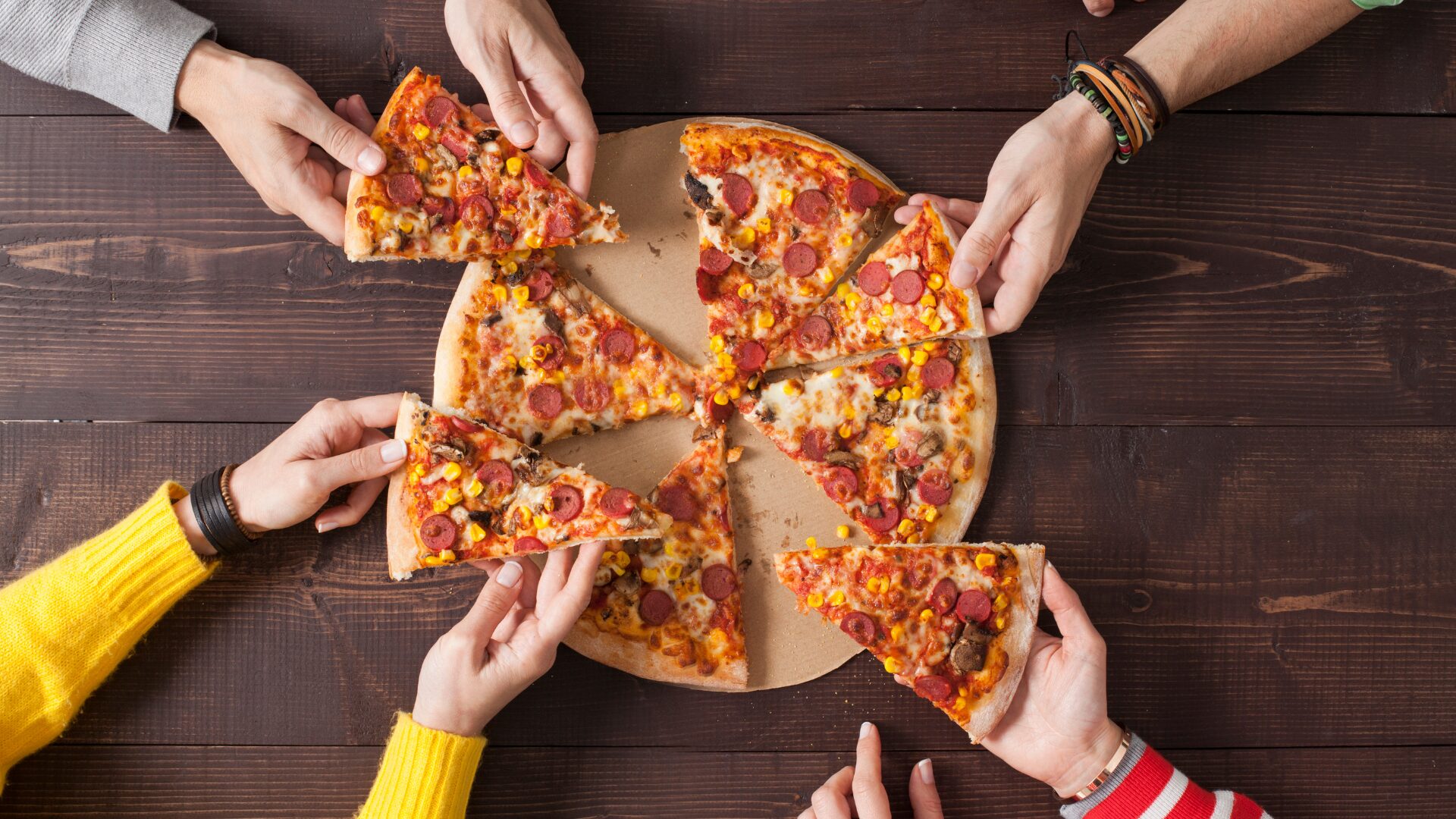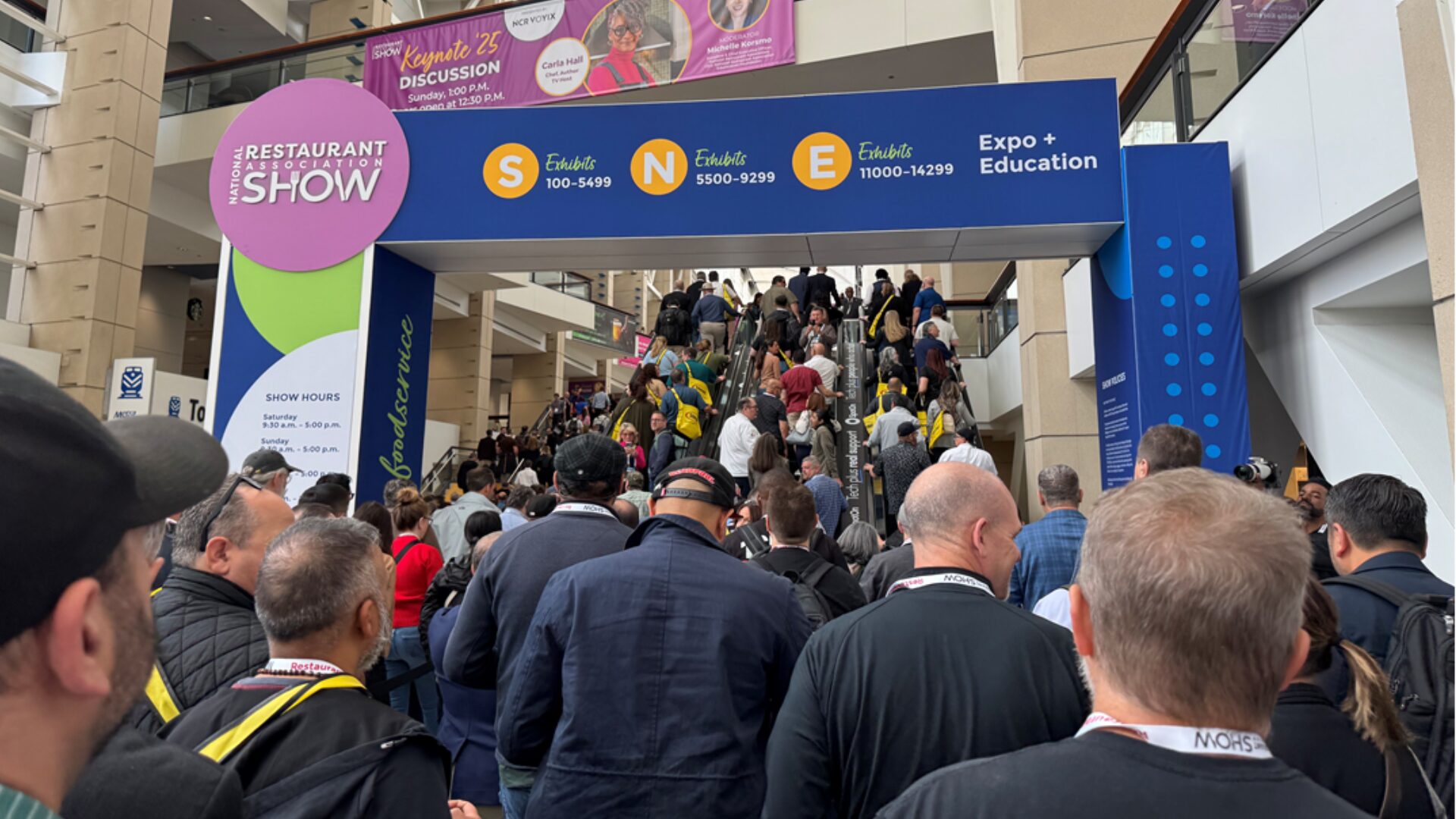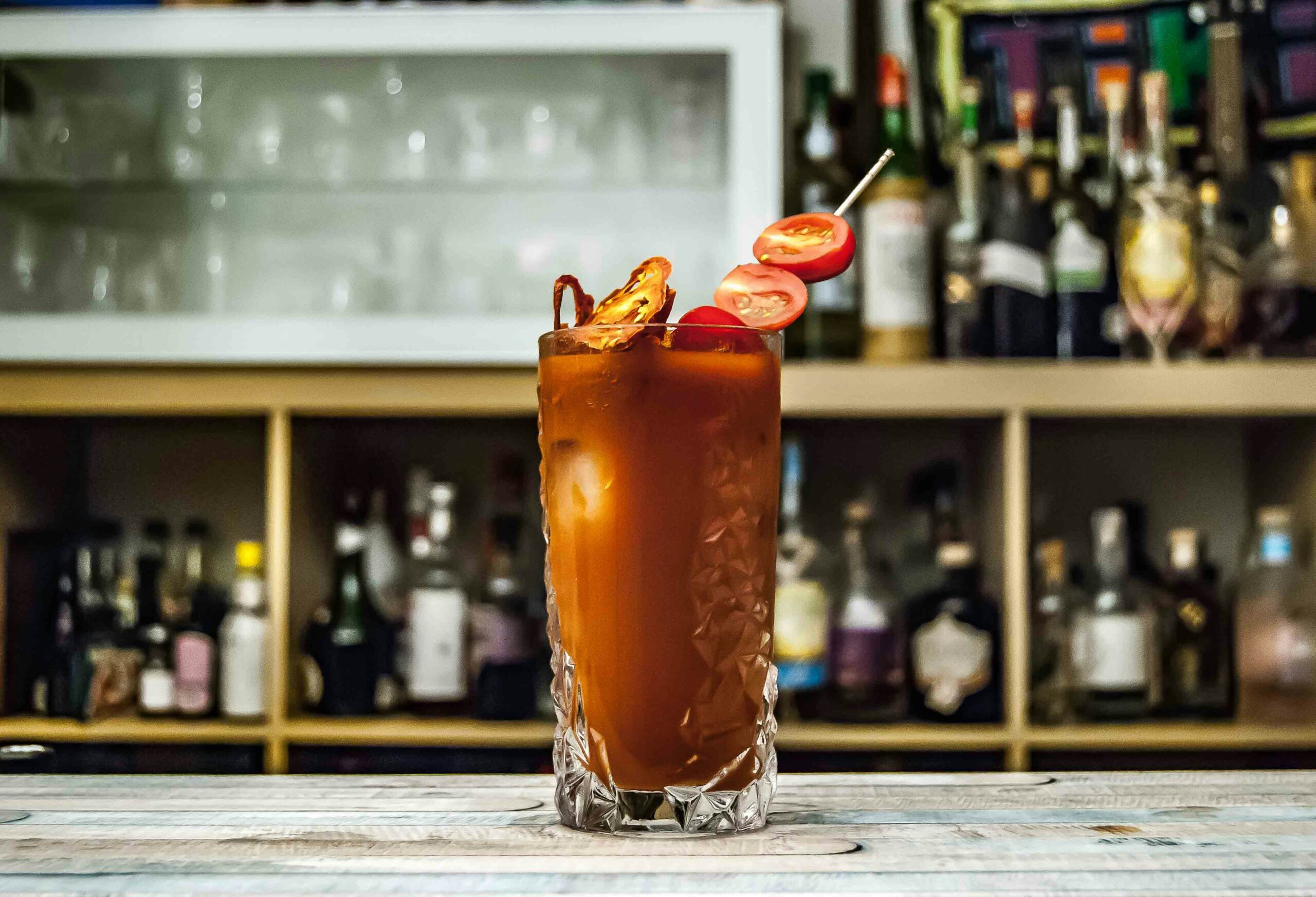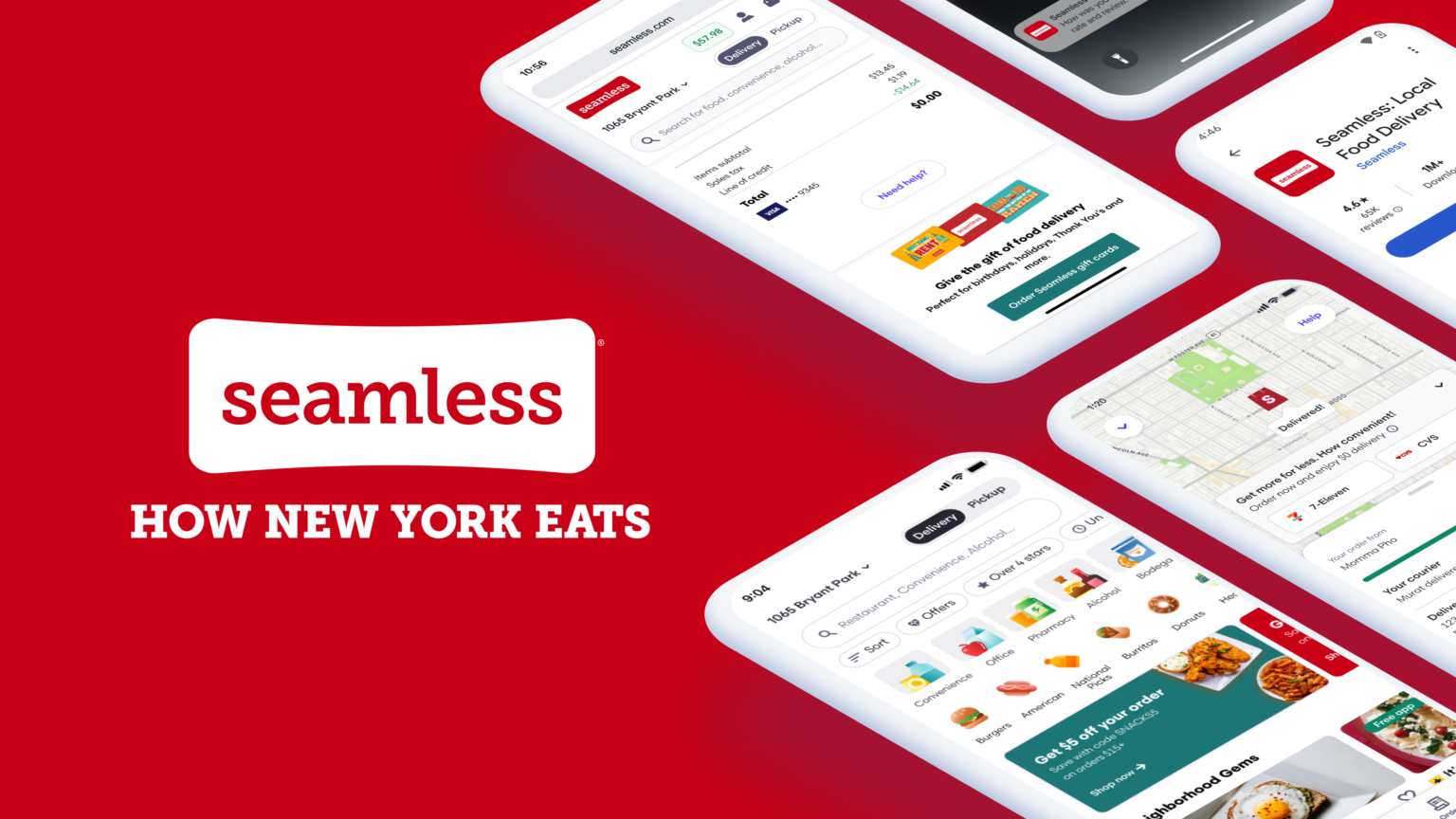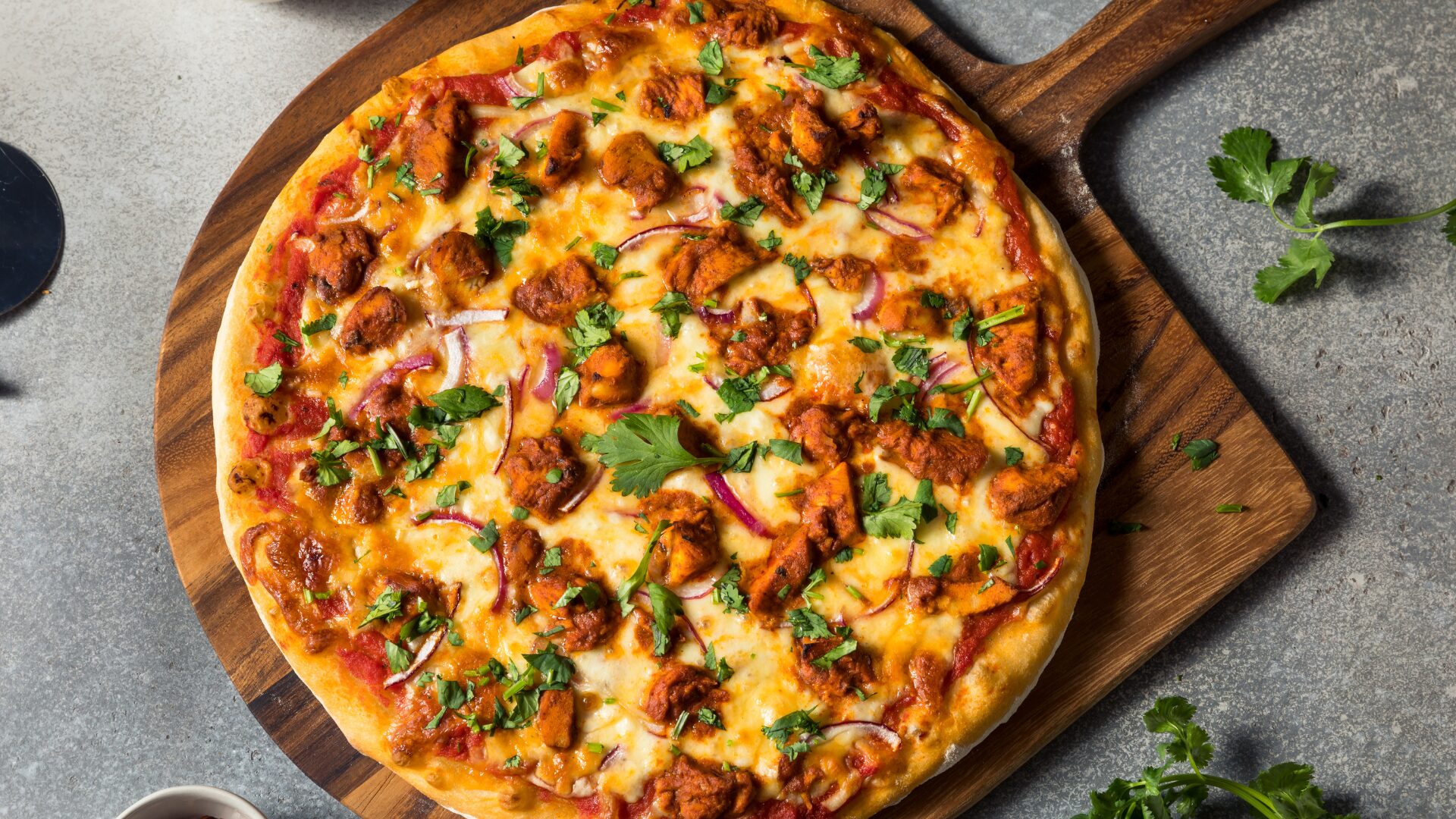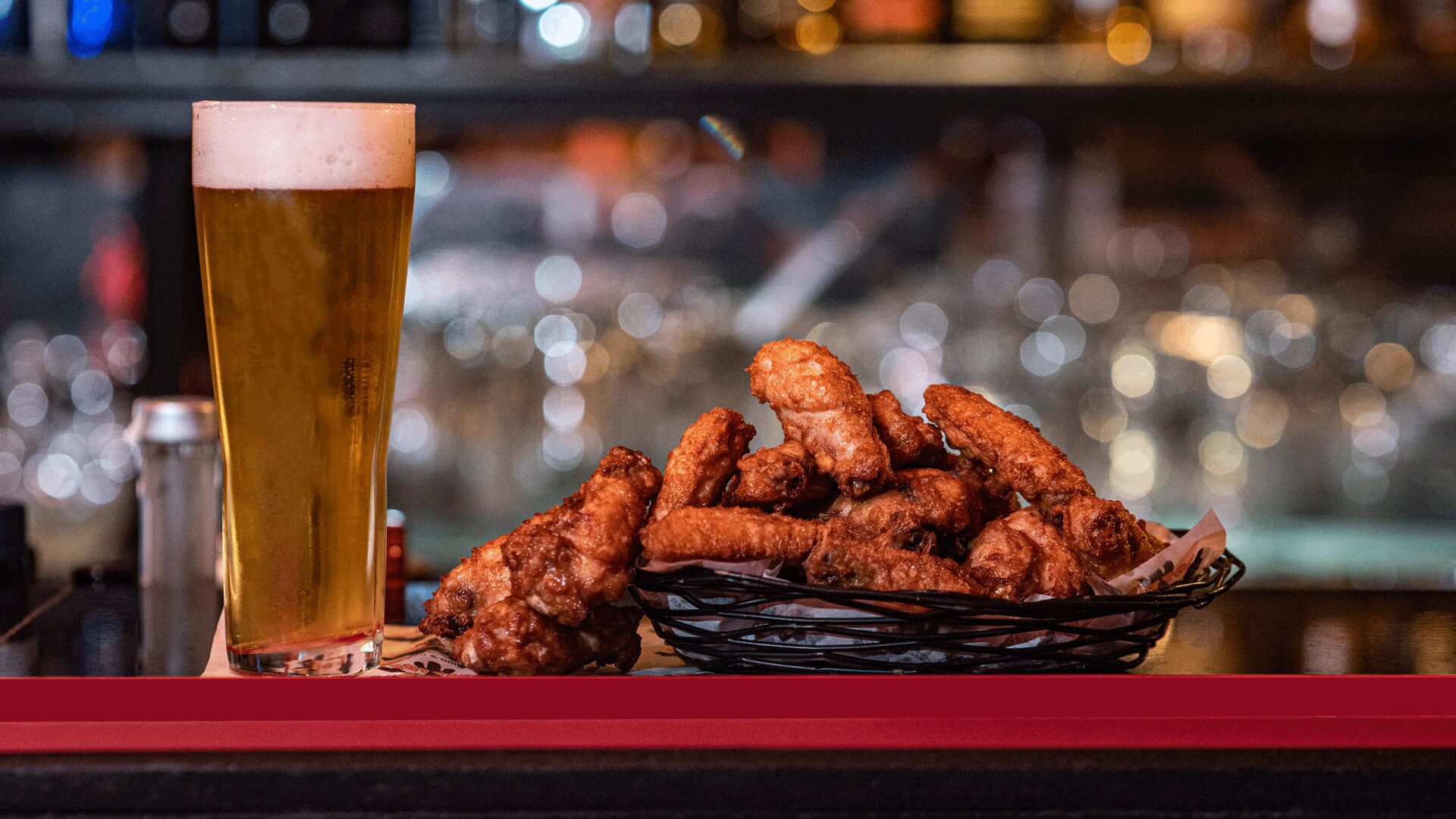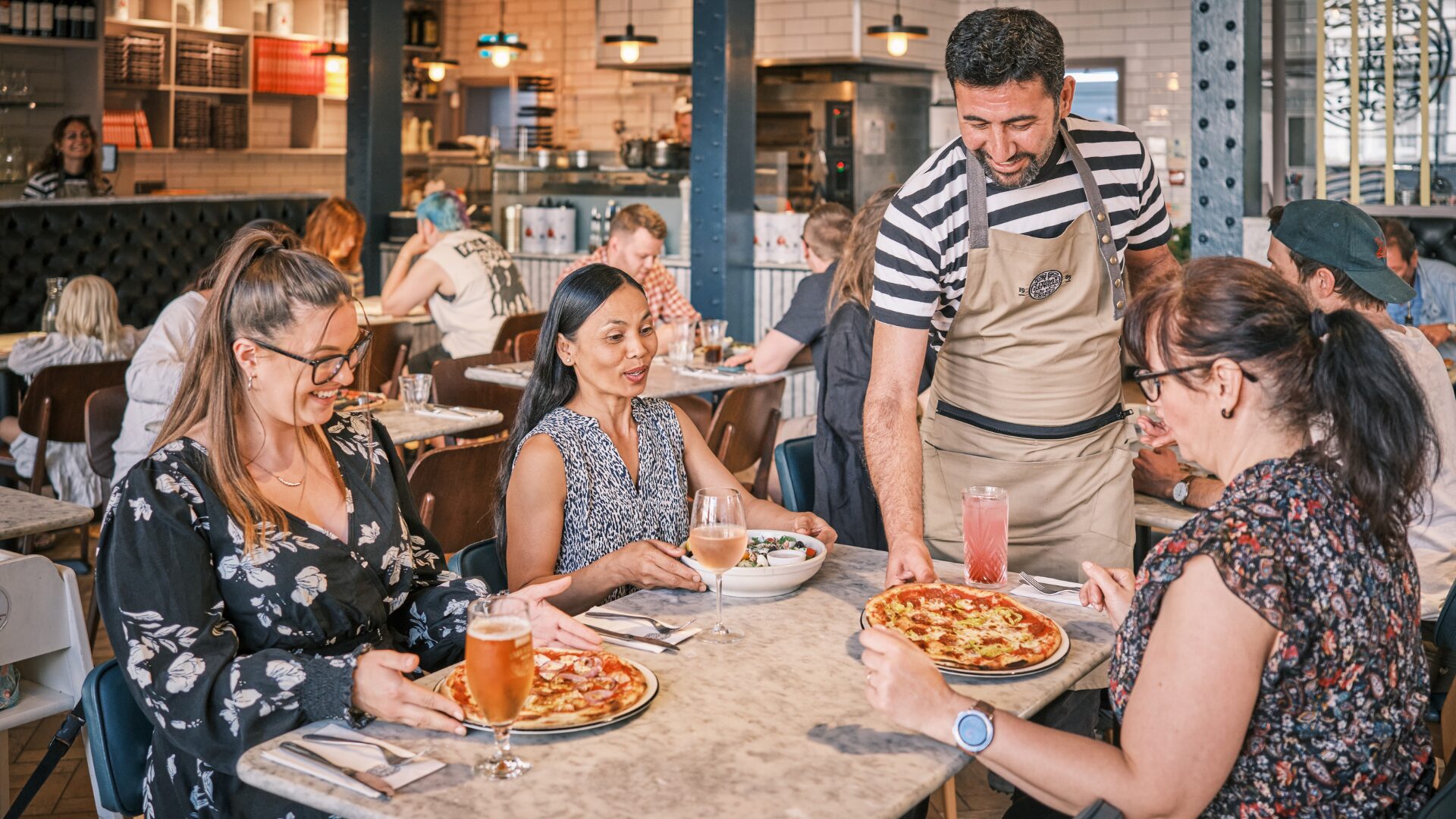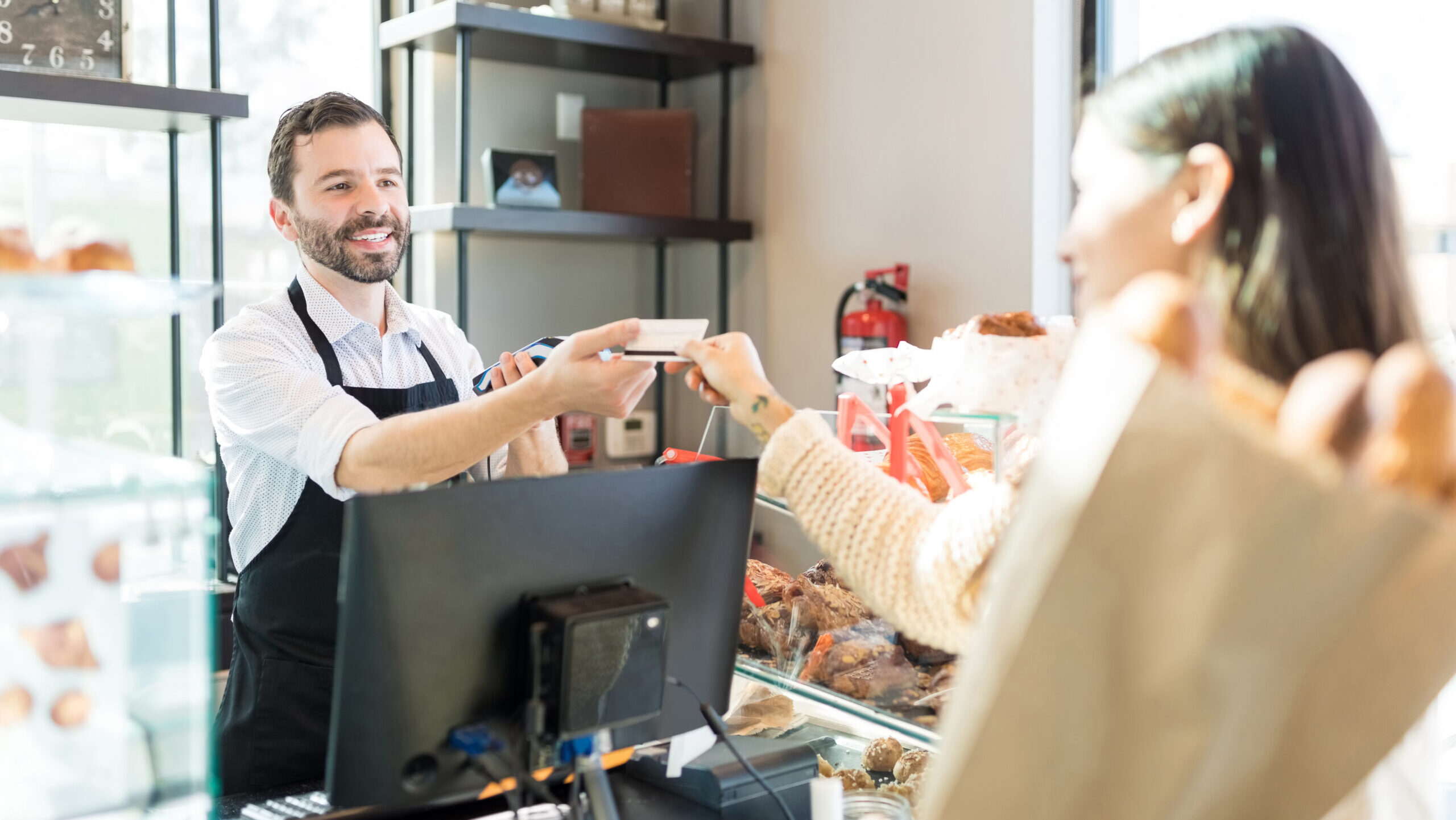In case you haven’t noticed, the pizza sector’s performance has been wildly inconsistent as of late.
While major chains like Domino’s Pizza have continued to exceed their sales metrics and expand at a rapid rate, others can’t catch a break.
Why is this?
The Bottom of the Pizza Chain
In early November, Papa Johns stock dropped nearly 4% after the company posted higher-than-expected Q3 revenue but declining same-store sales.
The pizza chain’s North American comparable sales were down 6% from 2023 as its domestic company-owned restaurants decreased 7% and its North American franchises dropped 5%. Its international comparable sales also declined 3% from the prior year.
“The challenging sales trends we saw in the first half of the year persisted into the third quarter, and we expect they will likely continue as we close out 2024 and enter 2025,” said Papa Johns CFO Rani Thanawala.
Pizza Hut also struggled during the period, missing Wall Street expectations for third-quarter earnings and revenue while achieving same-store sales declines of 4%.
“The complex consumer environment that exists in many markets around the globe has contributed to pronounced regional sales variations, which has caused our system-sales growth to fall short of our long-term algorithm this year,” said David Gibbs, CEO of Pizza Hut’s parent company Yum Brands.
While the current consumer environment is indeed complex, competitors like Domino’s Pizza have been swimming in the same troubled waters without struggling – but why?
Domino’s Domination
Case in point, Domino’s announced remarkably different Q3 financial results, including the following highlights:
- Global retail sales growth: 5.1% (excluding foreign currency impact)
- S. same-store sales growth: 3.0%
- International same-store sales growth: 0.8% (excluding foreign currency impact)
- Global net store growth: 72
- Income from operations: 5.7% (excluding foreign currency impact)
“In our international business, we are on track for our 31st consecutive year of same store sales growth, demonstrating our sustained long-term track record of success. In the U.S., we drove our 4th straight quarter of profitable order count growth, highlighting that our strategies are driving positive outcomes,” he added.
It’s clear that the chain’s strategies are working – and investors have taken notice. On November 14, Warren Buffett’s Berkshire Hathaway announced it made new investments in Domino’s Pizza during the third quarter despite reining in several of its other stocks, including Apple and Bank of America.
According to Reuters, Berkshire owned 1.28 million Domino’s shares valued at about $549 million as of September 30 – and some experts expect the company’s shares to rise in light of the disclosure, as Berkshire’s investments have historically functioned as an unofficial “seal of approval” for investors.
So, what is Domino’s doing right?
Dominating Delivery and Pickup
While Domino’s wasn’t the first pizzeria to offer delivery, it’s been a primary focus for the chain since day one.
By leveraging GPS tracking and real-time order updates, Domino’s is able to offer the kind of speed and accuracy that many other pizza chains can only dream of.
And in 2014, the company adopted “Carside Delivery” that enabled customers to pick up their pizzas without exiting their cars – far earlier than much of the competition.
Thinking Outside the Pizza Box
Additionally, Domino’s Pizza regularly optimizes its menu, refreshing its items and ingredients in response to customer feedback.
The pizza chain is also quite adept at promoting itself, regularly offering “buy one get one free” deals and discounts on specific menu items to win over value-conscious consumers who refuse to compromise on quality.
Considering the growing number of today’s consumers who desire both quality and convenience, it appears the chain was ahead of its time – and with another year on the horizon, perhaps its lagging competitors should be taking notes.
The Food Institute Podcast
Restaurant results for the second quarter weren’t stellar, but people still need to eat. Are they turning to their refrigerators, or are restaurants still on the menu for consumers? Circana SVP David Portalatin joined The Food Institute Podcast to discuss the current restaurant customer amid a rising home-centricity trend.


